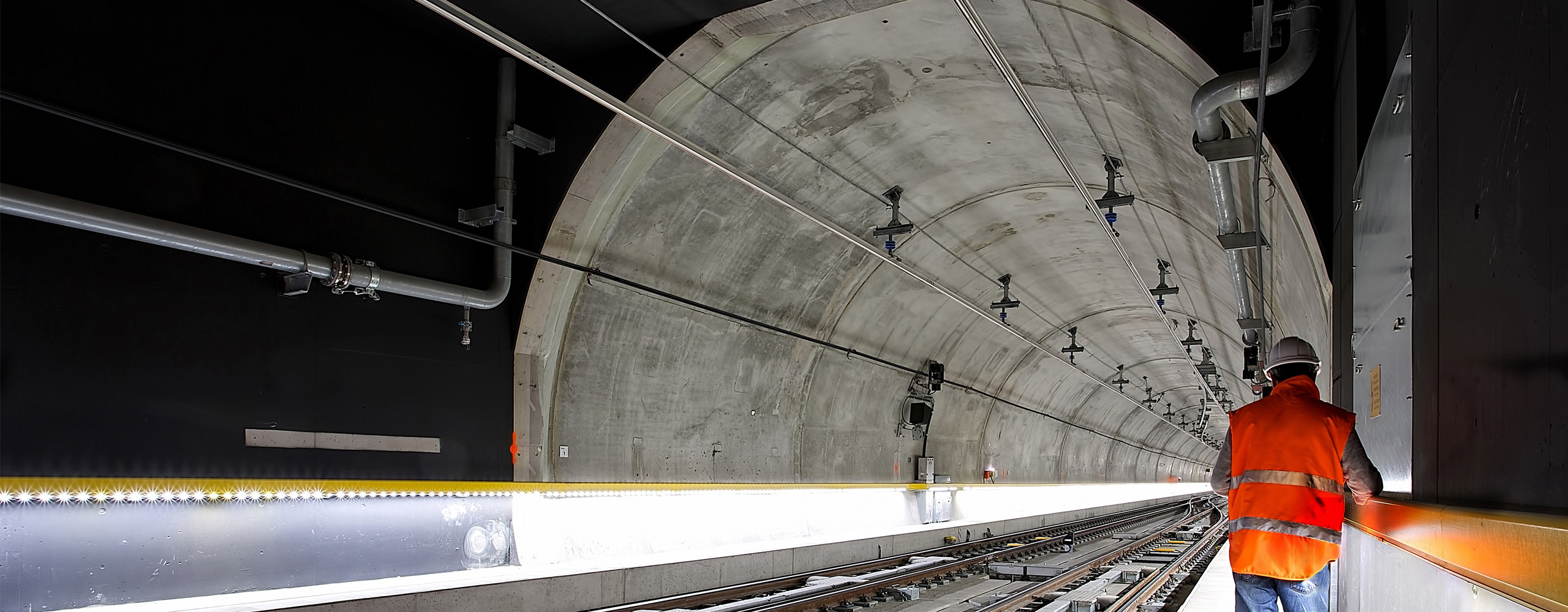Itasca’s finite volume (FV) approach uses the shear strength reduction (SSR) method for numerical modeling. This formulation is far superior to more traditional limit equilibrium (LE) methods and offers several advantages over finite element (FE) methods as well.
- Produce mechanics-based failure mechanisms
- No need to specify a range of trial surfaces in advance
- Revealing failure mechanisms that were not originally appreciated—including multiple or complex mechanisms
- Can model more complex ground behavior (e.g., stress-dependent material behavior, soil saturation, groundwater flow)
- Enhanced judgment from seeing realistic mechanisms
- Observe displacement progression
- Deformations at the “failure state” are kinematically valid
- Is the Service Limit State more critical than the Ultimate Limit State?
- Incorporate ground support
- Full soil-structure interaction (beams, sheet pile walls, piles, liners, anchors, etc.)
- LE can’t address deformable structures fully
- Create a safety map (FoS contours)
- Apply to complex sites and issues
- Ability to use advanced exploration data, such as CPTu
- Ability to use advanced monitoring data (including rate effects)
- Using the output and visualizations to help describe risk for strength, permeability, and deformation problems
- Better understanding of project risk/confidence for decision-making
- Evaluation of the effectiveness of proposed designs
In addition to continuum modeling, Itasca also offers engineering analysis using its DEM software—UDEC and 3DEC for jointed and blocky rock, and PFC for brittle intact rock, granular, or synthetic rock mass (SRM) engineering as well as for fundamental research.
